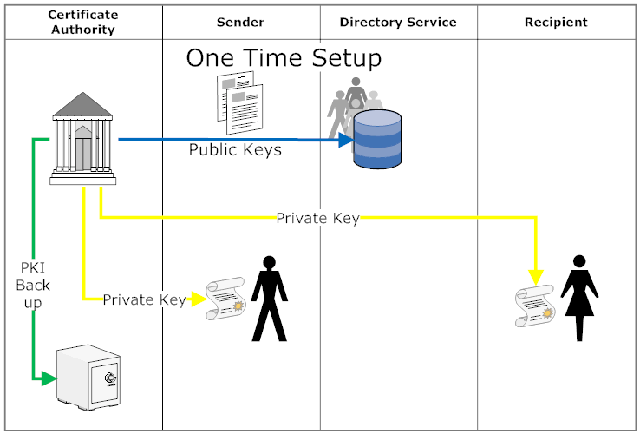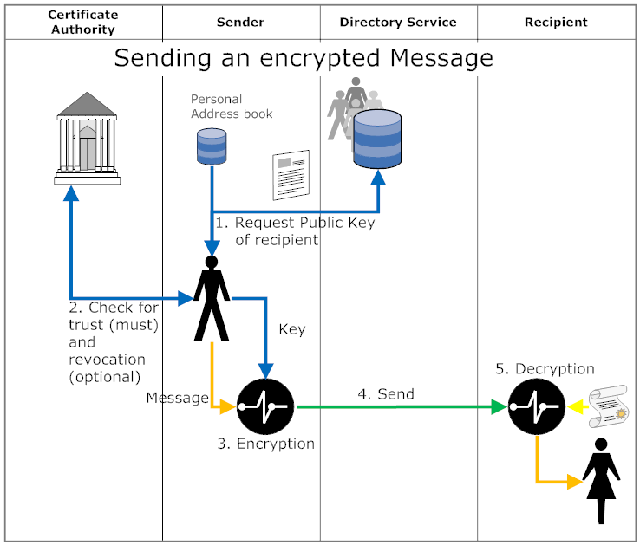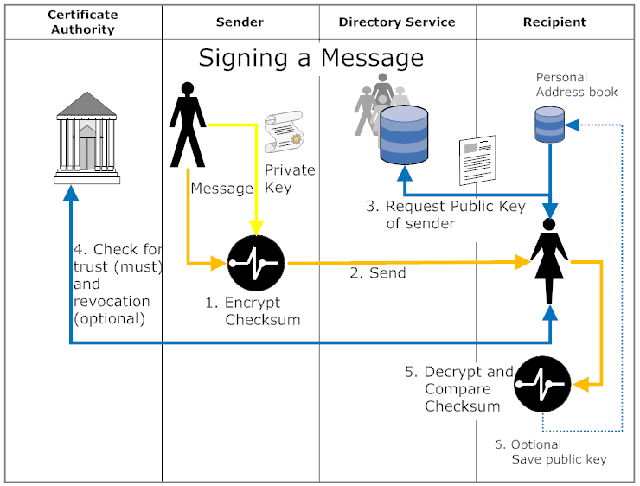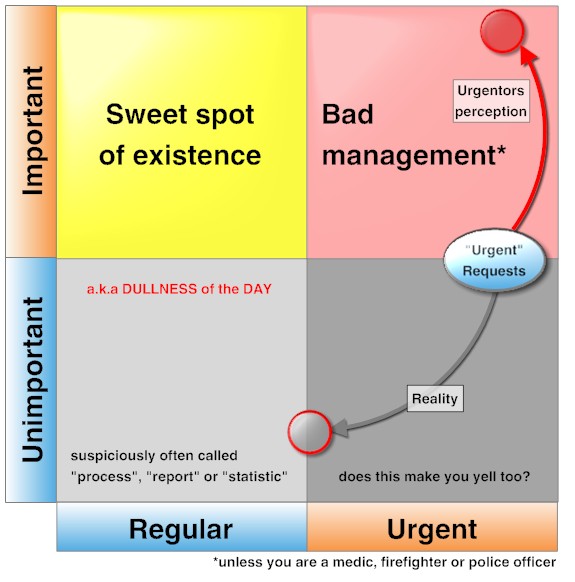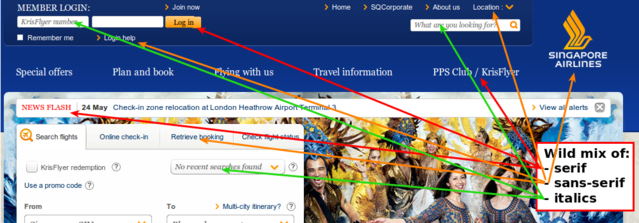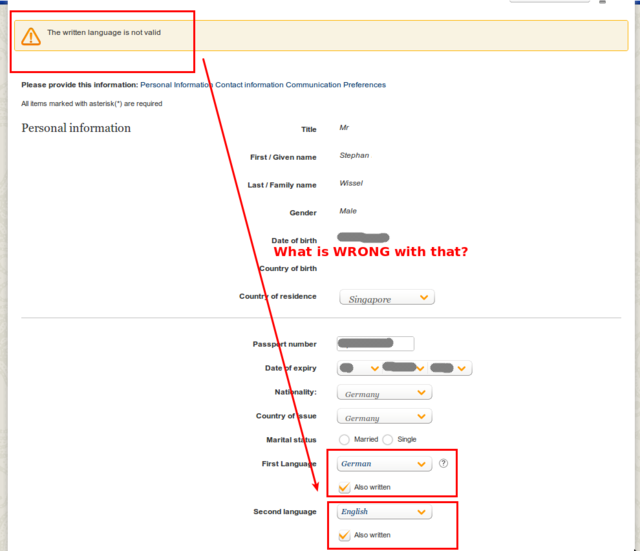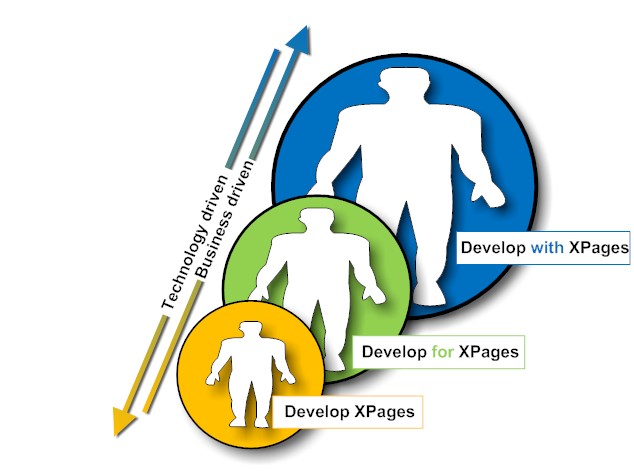I took leave (literally) to attend
Echelon 2011, allegedly
Asia’s best startup launchpad event. Having contributed to its
Twitter stream throughout the day some of my thoughts needed
a break and a little sorting, so here you go:
Registration did not work. A huge queue formed in front of too little registration counters with the badges not ready for fast retrieval. This wasn't a good first impression since it delayed proceedings by an hour+ (which made me miss some of the pitches). Worse even since
Flickevents, one of the startups (located conveniently in the
NUS Incubator), offers registration services and its founder
Yan Phun clearly knows what she is talking about. So
next year please use her!
The exhibition space wasn't very organised, mainly consisting of bar tables and banners, which I found quite refreshing (and economically). Looking for a specific company made you scout around between
all of them, which is the purpose of a startup conference after all. Having
Nespresso pitch their corporate solution in the middleof all that ensure a high quality supply of free caffeine. All in all it was good to see a lot of energy, confidence (partly bordering at naivety or arrogance) and
we-can-do-that spirit.
Compared to the product manager driven corporate culture with its "
Which customers demanded this feature" or "
How much more will we sell if we fix this" or "
Please provide a 5 year revenue projection for this feature" or "
We have existing code we cherish more than innovation" the spirit was rather refreshing.
The opening session aptly titled "
Uncommon Sense" was delivered by the hilarious and down to earth
Derek Sivers. The best quote: "
I made 23 million and then gave it all away". His session was followed by a series of panels, which were - well panels. At least they didn't read from a teleprompter. What made them slightly interesting was the use of
Pigeonhole. Pigeonhole = (
IdeaJam meets twitter). Users with the right access code can post live questions and/or vote on questions asked. A summary screen shows the top 12 questions which then were projected behind the panel. A neat way to both ask questions and let the panel know what you think about them.
Before the main attraction, the 11 elevator pitches (5 minutes each with 10min Q&A), Jason Wishnow of
TED fame walked us through "
what makes TED - TED" and how they got there. TED is 100x times more entertaining than TV.
The elevator pitches I saw were quite surprising. Surprising since none of them went down well. While ideas and potential were often visible, they were not prepared very well (I might be a little hypercritical here)
- Tribute Balloon is a social site for mourners (I can hear them howling reading this summary). Might actually work, but lies dangerously close to a possible Facebook feature trajectory. The presenters didn't have their numbers ready
- WorkCrowd is social software for enterprises in the cloud. It is actually the closest competitor I have seen so far to IBM Connections. They took their visual clue from Facebook and their business model from Yammer, allowing them a stealth adoption I discussed here before. Interestingly they see Facebook and LinkedIn as their competitors, not IBM and Socialtext. While I think they have a market, their pitch was hopeless. Social Sandy could have answered any of the panels question without blinking, while they didn't get their point across at all
- SixReps is social software for fitness fans. The founder lives in Indonesia's fitness community and realised that ganging up to achieve a fitness goal improves your odds tremendously. Knowing his target audience and monetisation options (e.g. take a cut from the gym membership) this will fly. The pitch didn't make that really clear (personally I'll stick with Dr. John Beradi - who also advocates community!)
- JellyBus allows you to assemble and edit picture collages on mobile devices with the capability to edit and adjust them. The makers designed it as an excellent fit for their home Korean market. The presenter struggled with English and I'm sure the same pitch in Korean would have just rocked. Will be interesting to see if Korean taste works in other markets too
- Fetch Fans On first sight the most professional pitch, but the presenter blew it in the Q&A. It is good to have an answer to every question, but it is outright rude to cut the asker off halfway into the question. She clearly suffered from overconfidence. Rounding up Facebook fans might work, but left me with the stale taste of them seeing Facebook users as digital cattle
- Bouncity allows to fuse virtual and real world with activities: Go places, do challenges, get rewards. Clean concept might work as digtial form of a paper chase. They didn't prepare their numbers well for Q&A, so left me wanting for a peek into their viability
- Moglue allows to create interactive eBooks easily. Again struggling with English the Korean presenter actually had a success story to share. I liked that a lot. It allows to go beyond what Calibre can do without the heavy price tag of a custom development. The presenter wasn't really clear about the target audience
- Second CRM: A little startup with big plans. They want to serve CRM to a market other vendors like SugarCRM and SalesForce consider too far or too small. I like the idea, but it needs to be more than CRM. (I ran a business in their target size long enough, so I can judge that): something that takes care of all business stuff: customers, partners, suppliers and back office including workload/workflow. Unfortunately the presenter wasn't ready to limit his pitch to 300 sec. So a lot of his ideas stayed untold
- Price Area: an Indonesian price comparison engine. When pressed for answers about global competition the presenter hid his real answer emphasising his local data knowledge and nimbleness, while the real answer seemed to me: Our end game is to be bought by one
Unfortunately due to the late start and a
promise I made to Anthony and Ernest, I missed
LocoBuzz and
PlayMoolah, something to catch up tomorrow.
In summary: one trend seems to be creating social applications for specific target audiences. This can work when one knows the audiences well. The other trend: investors need to rethink their approach to Startups. The Startups need more than money: access to market insights, catalysts for focus, enablement for execution excellence and competitive intelligence. So an
angel approach might be most appropriate.
Of course no event is fun without a little networking (mental note to self: bring more business cards) and I had some good conversations including catching up with
Jonathan and relaxing on colourful
doob bean bags. Stay tuned for day 2.

